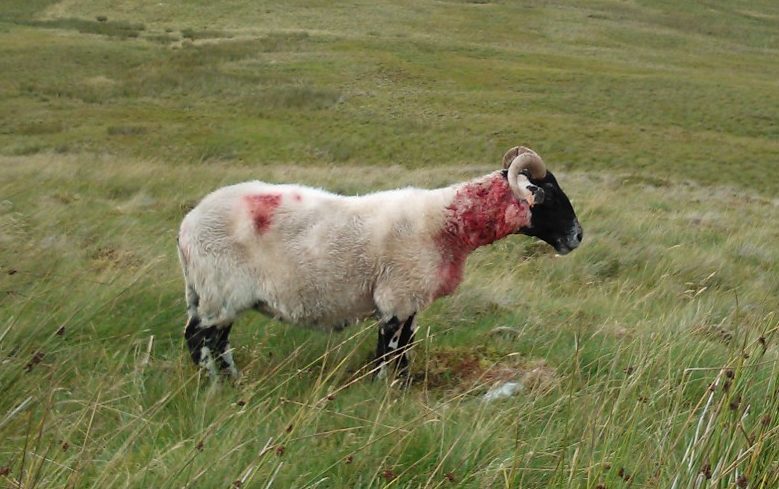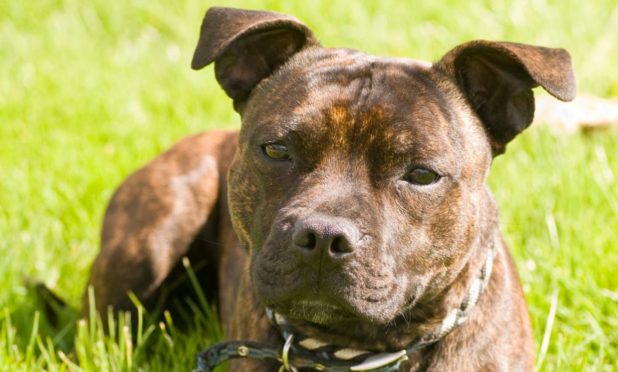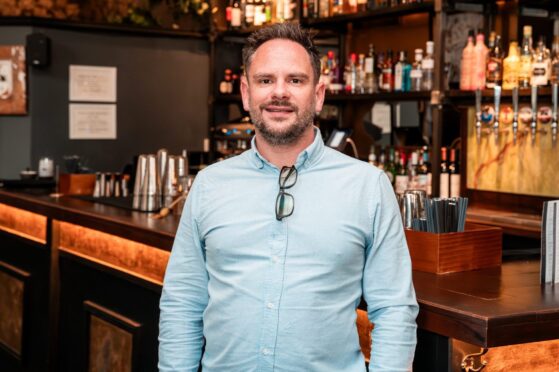A month-long campaign has been launched by Police Scotland to raise awareness among dog owners about the devastating effects of livestock worrying.
November traditionally sees an increase in attacks as sheep are brought down to low lying pasture areas more accessible to people exercising their dogs or by dogs allowed to roam free.
The past 12 months have seen flocks in Perthshire and Angus targeted by out-of-control pets.
A number of incidents have been linked to local dogs and careless owners and others are thought to relate to a reported increase in hare coursing.
NFU Scotland’s policy manager Gemma Cooper has urged the public to take steps to protect livestock from attack.
She said: “At this time of year there is an increased likelihood of dog walkers in particular coming into contact with sheep and other livestock.
“Livestock worrying in any form is unacceptable and we cannot shy away from the fact that there have been a number of unfortunate instances where dogs caught in the process of worrying livestock have been shot by farmers.
“The public must ensure that dogs in the countryside are kept on a lead, or under close control, and must never be allowed to worry livestock.
“Failure to do this can result in devastating consequences for both the farmer and the dog owner.”
There have been a number of recent cases where significant sanctions have been handed to irresponsible dog owners.
Police Scotland’s rural crime coordinator Inspector Jane Donaldson said it would continue to “robustly enforce” legislation to ensure all reported cases of livestock being attacked by dogs are thoroughly investigated and offenders reported to the Procurator Fiscal.
“Rural dog owners and those who choose to exercise their dogs in the countryside must ensure they are under control at all times and try to avoid going into fields where livestock is grazing,” she said.
“The worrying of sheep and other livestock by dogs not only has an obvious financial and emotional impact on farmers when their animals are killed or injured, but also has an effect on the animals themselves, their productivity and welfare.
“We are encouraging farmers and landowners to engage with dog walkers and to help keep them informed by putting up signs on gateways and on key roads and paths alerting them to the presence of sheep and other livestock in their fields and suggesting alternative routes.”
The campaign is led by The Scottish Partnership Against Rural Crime – which includes Police Scotland, NFU Scotland and Scottish Land and Estates – together with Scottish Natural Heritage, the Kennel Club and the National Sheep Association (Scotland).
Information on seasonal dog walking is available on the Scottish Outdoor Access Code website at www.outdooraccess-scotland.com










